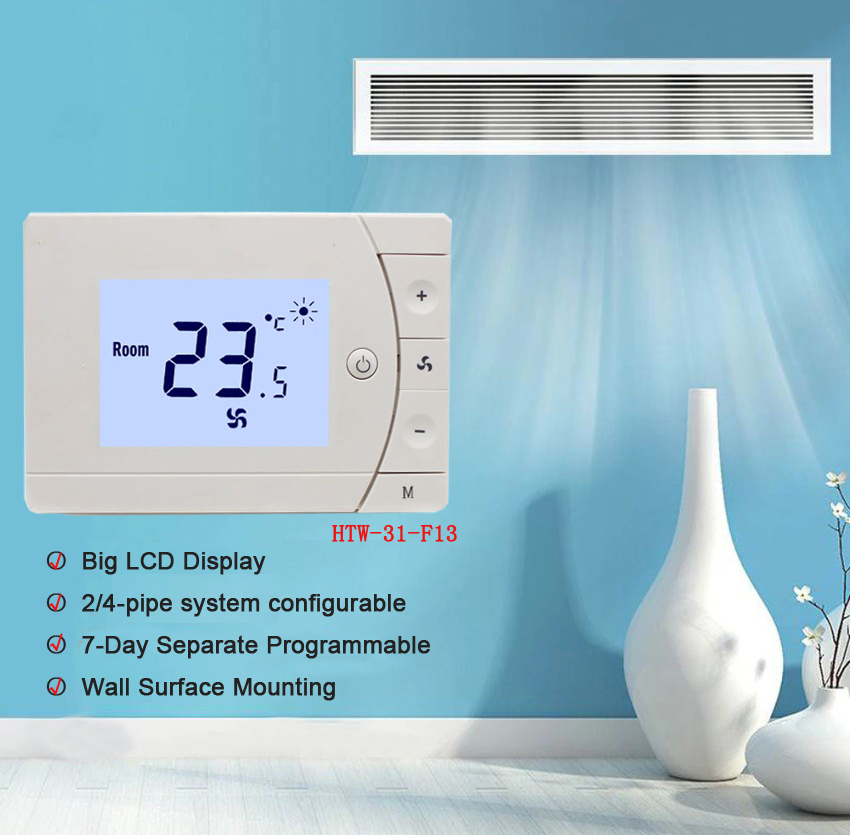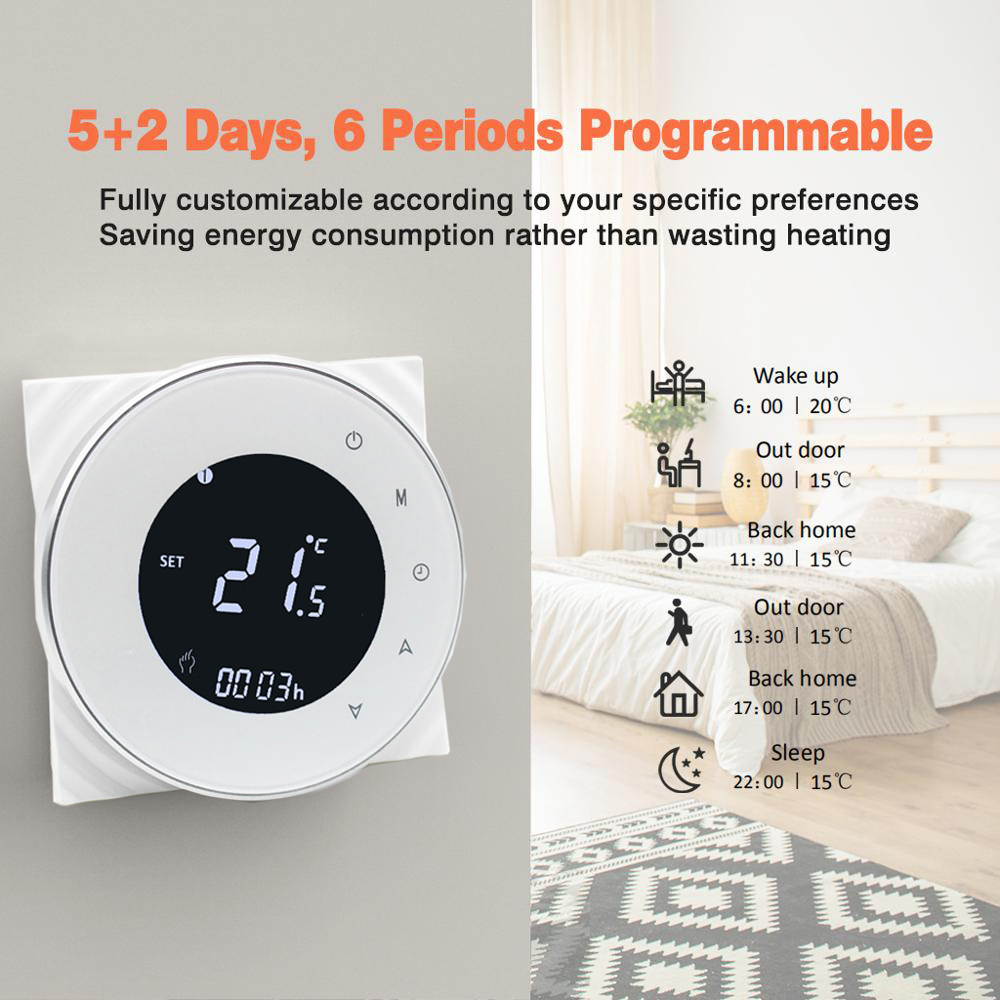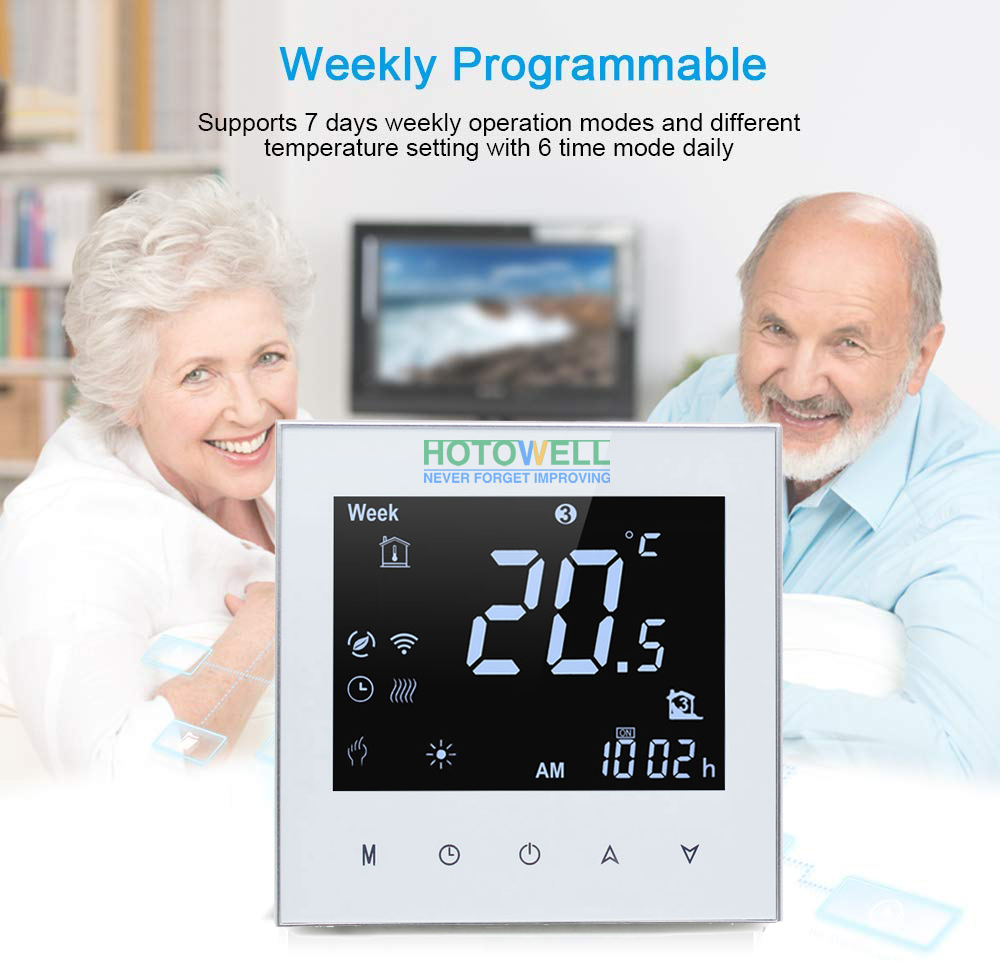Common Mistakes in Use of Programmable Thermostats

Programmable thermostats have become a popular choice for controlling room temperature. However, according to research, many of us make expensive mistakes when using our programmable thermostat. Unfortunately, this involves high heating costs for many of us. In this article, we will study the most common mistakes or misuses people make when using smart devices, and how to avoid them by keeping heating costs to a minimum, while staying comfortable and warm throughout the winter.

1. Set the Wrong Temperature
Setting the correct temperature on a programmable thermostat is the key to feeling comfortable at home. However, nowadays, many people tend to overheat the house, leading to energy waste and restlessness at night, sultry, and headaches. Although comfort cannot be absolutely defined, the official cold weather plan is to set the temperature in the living room to 21°C, while the temperature in the bedroom and all other occupied rooms should be set to 18°C. The room temperature should not exceed 24°C.
2. The Thermostat Heats Up the Room Quickly
If you have just returned to a cold home in cold winter, it seems reasonable to turn on the programmable thermostat. But this does not help you feel warm and comfortable faster. The reason is simple: the thermostat cannot control how fast the house heats up; all it does is set the final temperature for your comfort. Therefore, turning the thermostat higher than your comfort level will cause the system to overheat the room, make the room uncomfortable and stuffy, and waste energy.
3. Continue to Maintain Heat
In order to improve energy efficiency, the best way is to lower the temperature when not at home. The heat loss of the house is related to the temperature difference between the inside and outside of the house. Therefore, the lower the temperature of the house, the more heat you lose, and the higher the temperature inside the house, the greater the heat loss. Reducing these levels of heat loss is very important because the less heat loss, the less energy you need to maintain a comfortable temperature in your home.
4. Turn off The Heating Instead Of Using the Fall Temperature
Many people turn off the heating completely after leaving the house. However, this may expose your house to moisture, mold growth, and rupture pipes under extreme conditions. In order to prevent adversely complications in very cold weather, it is a good idea to use a cooling temperature. A drop in temperature does not mean that you will turn on the heating when you go out; if the frustration temperature is suitable for your house, the heating will be turned off during your normal time out, but if you go out for longer than expected, you can prevent the temperature from falling too far.

5. Install a Thermostat in a Very Cold or Very Warm Room
The thermostat measures the temperature of the room where it is placed through an air sensor and/or a floor sensor. If the temperature regulator is installed in a very cold or overheated room, it may not accurately reflect the true temperature of the house.
The thermostat should be installed in the right place in your home to ensure it works most efficiently. We recommend installing the thermostat on the inner wall at the best height from the wall-the most common recommendation is around five feet.
6. Turn up The Thermostat to Replace It on another Layer of Clothing
Wearing an extra layer of clothing can increase the temperature you feel by up to 5 degrees. In addition, government research shows that reducing the average house temperature by 2 degrees can save up to 10% of heating costs. In other words, wearing a sweater allows you to set the thermostat to a lower temperature and saves you an average of more than $185 in heating costs per year.
7. If the Thermostat Is Not Working Correctly, Do Not Check the Troubleshooting Guide
As with all technologies, sometimes your thermostat may encounter one or two problems, but by reading the instruction manual and learning how to use the thermostat function accurately, you can solve most problems faster than most.
8. Use a Simple Switch Thermostat Instead of a Smart Thermostat
Although some people may prefer to use traditional thermostats that can only turn on or off the under-floor heating system, more advanced smart thermostats can provide greater energy efficiency and long-term cost savings. The smart thermostat has functions such as automatic heating, remote access, energy usage data, and personalized heat scheduling. The smart thermostat even allows you to control the heating system by voice using a smart speaker like Amazon Echo.

Hotowell, as a professional manufacturer of thermostats, valves, water flow switches and related HVAC products with more than 10 years.
We are able to offer kinds of standard and/or customized programmable thermostats, any interest or if you have any questions when you are using thermostats.
Welcome to contact us through the following methods.
Contact name: Ms. Ashley
Tel.: +86 153 5987 4486
Email: delta@hotowell.com

Programmable Thermostat | Floor Heating Thermostat | Wifi Programmable Thermostat